The English Civil War was, as might have been pointed out once or twice in the past 400 years, kind of a drag. There was a whole bunch of fighting and looting and pillaging and burning, and more than one person saw the business end of the headsman’s axe.
And while the broad strokes are known to many people – the Roundheads fighting the Cavaliers, King Charles being executed by the Parliamentarians, Oliver Cromwell canceling Christmas, Oliver Cromwell being kind of a dick despite the fact that his position was pretty based, etc., etc. – there are a lot of finer details that escape the notice of the general populace. Lots of details that are cool, horrifying, or both.
It’s the job of this article to bring those details kicking and screaming into the cold light of day. Read on, dear friend, and uncover some of the most harrowing and chilling facts about the war that tore England apart.
King Charles I Had Extraordinarily Poor People’s Skills
The English Civil War was born of immensely complex social, cultural, and historical circumstances, and it would be neither possible nor desirable to boil it down to a single simple cause. That said, one thing that really didn’t help the situation was that King Charles was real fucking hard to like.
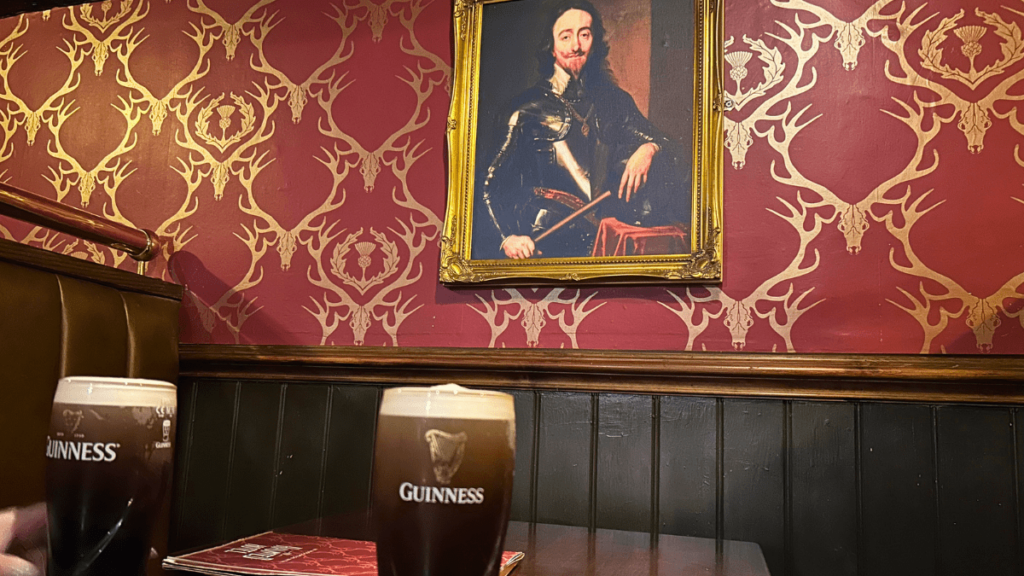
Charles’ travails started when he was a somewhat awkward child and continued from there. He had trouble communicating due to a severe stammer, but it was more his fits of infantile rage and jealousy that really impaired his ability to make friends.
He really didn’t like any young man to whom his father took a shine; in one notable incident, he soaked the hapless George Villiers to the bone in front of the entire court.
”If you didn’t have the joy of dying because of a fragmented ball of lead floating around your innards, you might be treated to the infinitely worse push of pike. This was a little like getting crushed to death at a concert or football match, but with extra stabbing.”
Charles grew more into his role, but he still had a habit of really pissing people off. He avoided eye contact during conversations and was incredibly stubborn, refusing to yield on many a point that would have best been yielded.
One such instance was when he forced an unpopular prayer book into official use in Scotland; this decision led to one bishop reading from the book with a brace of loaded pistols to protect him from the crowd.
The Puritans Really Did Ban A Shitload Of Things
The reputation of the Puritans is so fearsome as to invite parody. Painted as dour, humorless men in almost every representation since the Civil War, their refusal to engage in even the simplest of earthly pleasures is well documented. But how true was this reputation?
The short answer is: pretty true. They really did ban Christmas celebrations, claiming that it made a mockery of Christ rather than being a day of respect in his memory, and Parliamentarian soldiers roamed the streets of London over the Christmas period, seizing any food they suspected being prepared for parties.
But this wasn’t the end of the Puritans’ enforced asceticism. Anything seen as frivolous fun was frowned upon, and they outright banned theaters, many inns and alehouses, and even whipped boys who were caught playing football on Sundays.
Cursing was also made illegal, with huge fines levied on anyone with a potty mouth. Even going for a walk on Sundays was made illegal unless it was to attend church.
And if that wasn’t bad enough, it was particularly bad if you were a woman…
…And Were Pretty Misogynistic
An extension of the Puritan’s hyper-religious fanaticism was the way that they treated women. Religion has historically not treated women particularly well, and Puritanism – with its emphasis on modesty, chastity, and temperance – was no different.
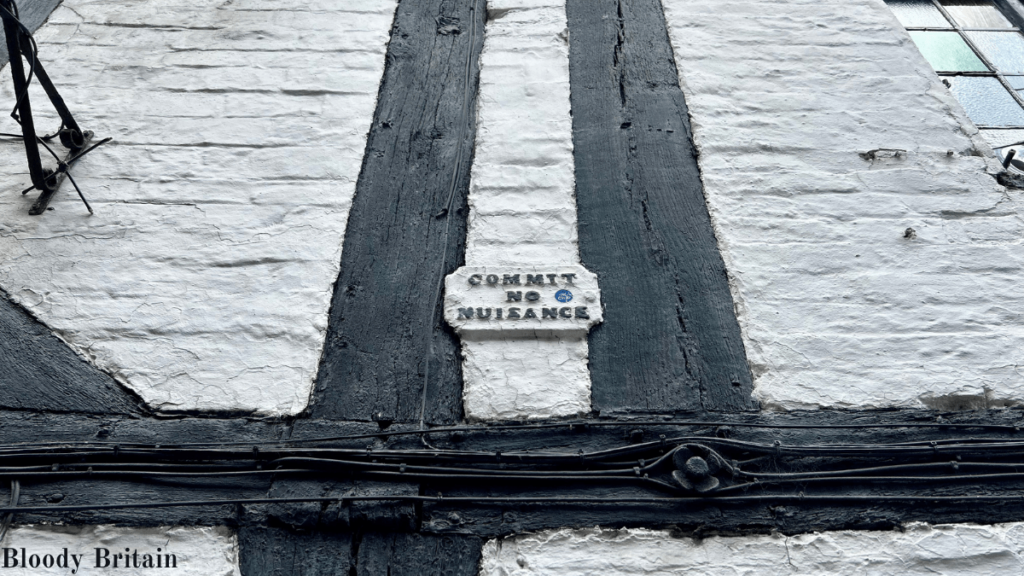
For a start, makeup was outright banned. Soldiers were empowered to scrub makeup off the faces of any women they caught wearing it. Colorful dresses were also banned; women were instead encouraged to wear long black dresses, white aprons, and white headdresses. If anyone’s seen the movie The Witch, you’re probably aware of the exact look we’re talking about.
As you might have imagined, this didn’t make Cromwell and his (un)Merry Men very popular. In fact, Cromwell was so unpopular…
Cromwell Was Executed Posthumously
When the Royalists eventually got back in and returned their monarch to the throne, you’d better believe they weren’t exactly thrilled with our Mr. Cromwell.
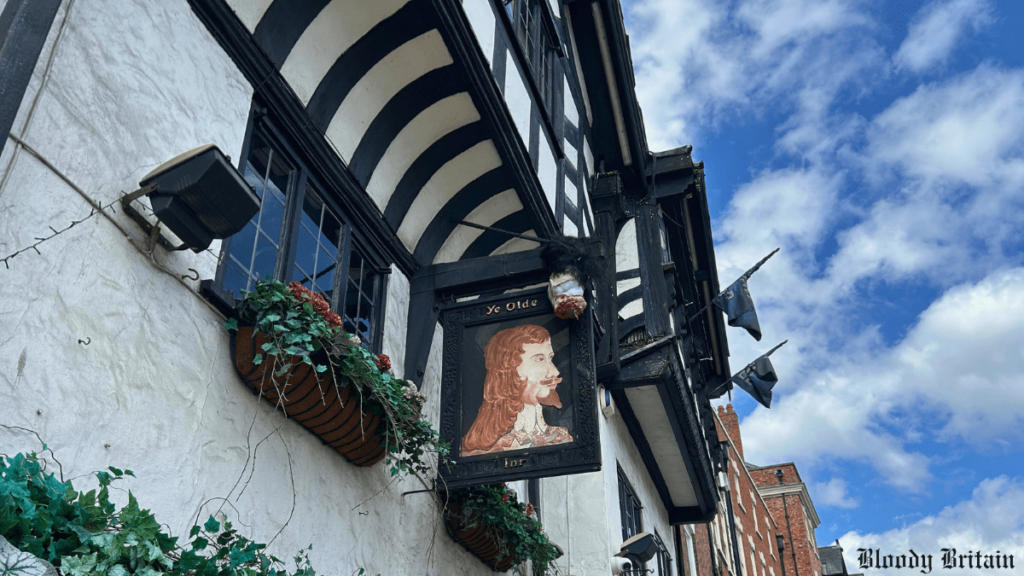
Unfortunately for them, Cromwell died before this happened – he developed septicemia following a urinary infection, and things went south very quickly.
When Charles I’s son – somewhat unimaginatively called Charles II – returned to England to sit on the throne, he ordered Cromwell’s remains exhumed, along with those of John Bradshaw and Henry Ireton.
All three corpses were then ordered ‘executed.’ They were hanged at Tyburn, then subsequently cut down and beheaded. The heads were mounted on spikes and put on the roof of Westminster Hall, not far from where Charles I had been executed at the nearby Banqueting House.
Cromwell’s impaled head was blown off the read in a storm years later and ended up getting passed around by private collectors for a great many years. Quite why anyone wanted a rotting head in their house is anyone’s guess.
In 1960, Cromwell’s head – after scientific testing to verify that it was his – was buried at Sidney Sussex College, his alma mater.
There Were A Million Painful Ways For Soldiers To Die
Cromwell might have been hanged and beheaded, but at least that happened after he died. Many of the Roundheads under his command – and their Royalist enemies – were afforded no such luxury, dying in agony upon the many battlefields of the Civil War.
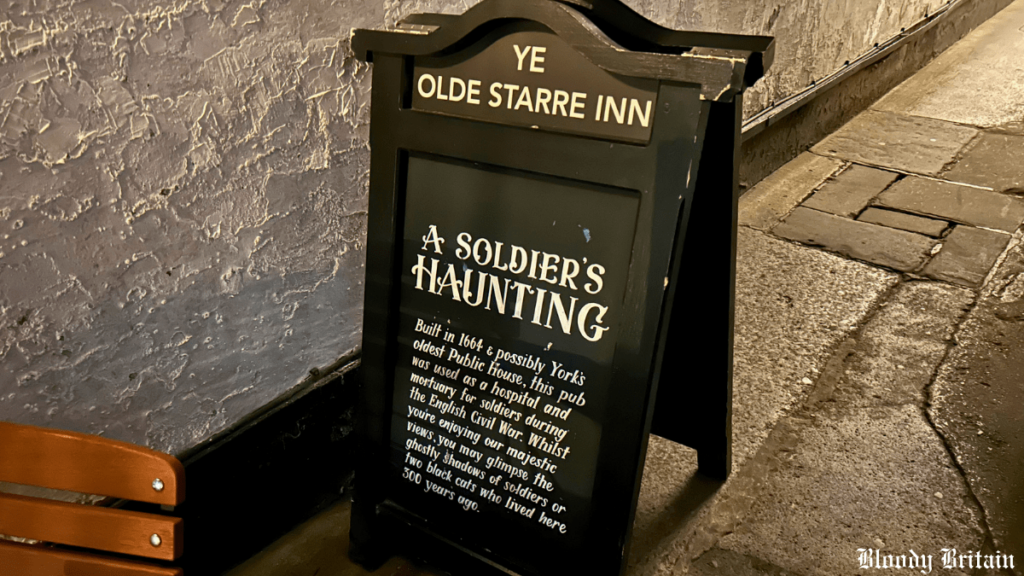
Massed musket fire was pretty common for the era, but it was horrendously inaccurate. There was no point in trying to aim for anything other than “that bunch of dudes over there,” so it was very much spray and pray, without the spraying. This meant a bunch of hits, but it meant they could be absolutely anywhere.
This led to a lot of wounded men, but very rarely any (immediately) dead ones. Musket ball wounds were, however – absolutely horrendous to have – low muzzle velocity meant they wouldn’t do lethal damage but would cause a lot of pain. In addition, the balls were often made of lead – and lead poisoning is very much lethal.
”Cromwell’s impaled head was blown off the read in a storm years later and ended up getting passed around by private collectors for a great many years. Quite why anyone wanted a rotting head in their house is anyone’s guess.”
If you didn’t have the joy of dying because of a fragmented ball of lead floating around your innards, you might be treated to the infinitely worse push of pike. This was a little like getting crushed to death at a concert or football match, but with extra stabbing.
Aside from this, disease and infections were pretty common, with just as many (if not more) soldiers dying of dysentery, typhoid, septicemia, and any of the other myriad maladies easily picked up during a pre-antibiotic war.
A particular English pub, York’s Ye Olde Starre Inne, was used as a makeshift field hospital and morgue for wounded roundhead soldiers, whose screams can allegedly still be heard from the cellars to this day. I paid a visit to it recently, which you can read all about here.
It Was As Bloody As WWI (To The English)
Though the English Civil War is certainly known about, it’s often framed as a jolly good dustup between some dashing and debonair swashbucklers and their dour, killjoy Roundhead opponents. But the fact is that a lot of people died during the Civil War. A lot.
Over the course of the whole war, some 200,000 people died. That doesn’t sound like a lot by modern standards (particularly given the fact that millions died across both world wars), but it was actually 4.5% of the English population. That’s the same percentage that died during WWI.
Charles I’s Son Escaped Capture With The Help Of An Oak Tree
Charles I’s execution brought an end to the monarchy in England and ushered in the government of the Protectorate under Oliver Cromwell.
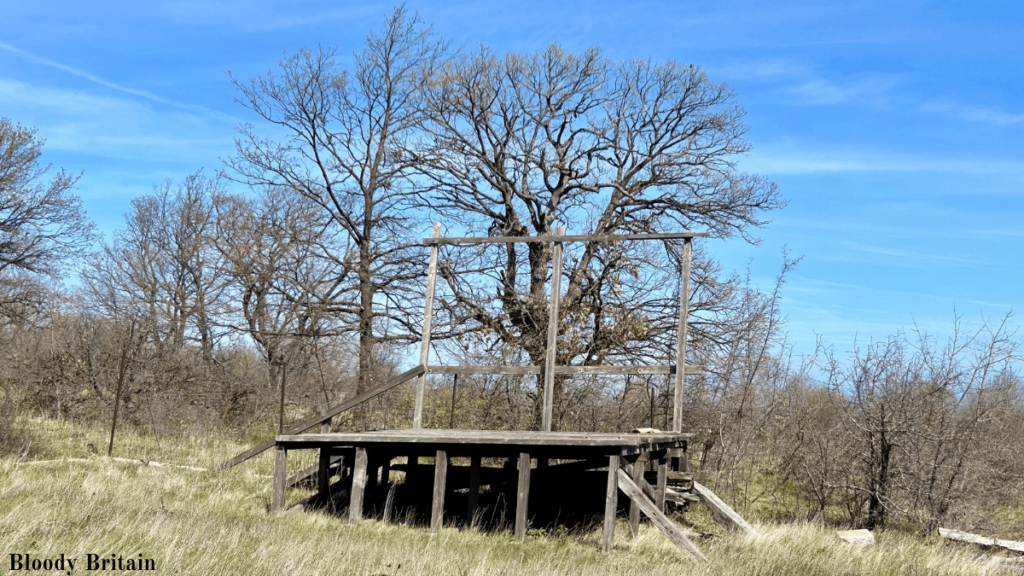
But it was not a complete end to the monarchy – Charles’ son, also named Charles (and later to be crowned as Charles II), managed to escape England in some action-movie-worthy antics that took him through rural England and saw him disguising himself as a peasant and a merchant before his eventual escape into exile.
One episode of his daring escape saw him take refuge in the thick boughs of an oak tree. Parliamentarian forces, scouring the area for escaped Royalists, came close to discovering Charles and his hiding place. Luckily for him, he managed to evade detection by staying quiet and still in the highest boughs of the tree, and the Roundheads eventually left the area.
Charles eventually made it to France and the safety of their royal court. His daring escape from England became immortalized in the hundreds of pubs there, now named ‘the Royal Oak’ for the tree that kept him safe from the marauding Roundheads.
A Brutally Overlooked Civil War
And there we have it – some of the more gruesome and interesting facts about one of the darkest periods of English history.
Though the English Civil War is long over, it still casts a long shadow—particularly in the ruined castles that were damaged or destroyed in the fighting, the minor distaste for Lord Protector Oliver Cromwell in England, and the massive hatred borne for him across the Irish Sea due to his involvement in a lengthy and bloody campaign there.
Perhaps the most lasting consequence of the Civil War is that, ultimately, it accomplished nothing. It was the first and only time England has executed a sitting king or queen, but the establishment of the monarchy still persists in 2024 – while Puritanism and its trappings are long, long gone.
Dotted across the length and breadth of Britain are a string of surviving English Civil War pubs whose walls have absorbed the harrowing goings on of the conflict. Do you dare to drink in them? If so, I’ve penned you a map of some of the best!



[…] The World Turned Upside Down: 7 Harrowing English Civil War Facts […]